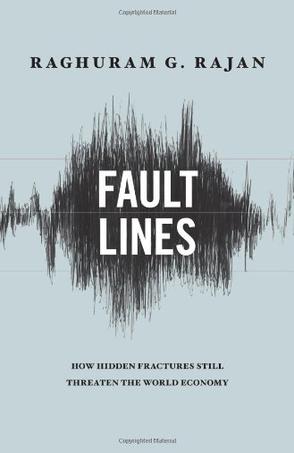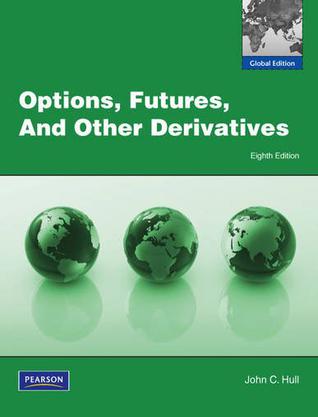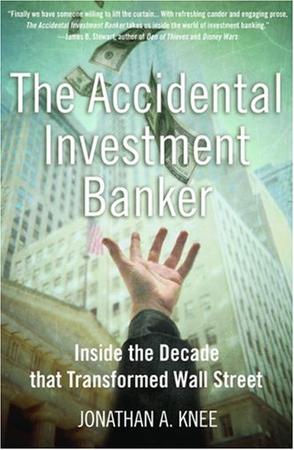-

Stochastic Calculus for Finance II
在线阅读本书 Stochastic Calculus for Finance evolved from the first ten years of the Carnegie Mellon Professional Master's program in Computational Finance. The content of this book has been used successfully with students whose mathematics background consists of calculus and calculus-based probability. The text gives both precise statements of results, plausibility arguments, and even some proofs, but more importantly intuitive explanations developed and refine through classroom experience with this material are provided. The book includes a self-contained treatment of the probability theory needed for stochastic calculus, including Brownian motion and its properties. Advanced topics include foreign exchange models, forward measures, and jump-diffusion processes. This book is being published in two volumes. This second volume develops stochastic calculus, martingales, risk-neutral pricing, exotic options and term structure models, all in continuous time. Master's level students and researchers in mathematical finance and financial engineering will find this book useful. -

Liar's Poker
Liar's Poker is a non-fiction, semi-autobiographical book by Michael Lewis describing the author's experiences as a bond salesman on Wall Street during the late 1980s. First published in 1989, it is considered one of the books that define Wall Street during the 1980s, along with Barbarians at the Gate and the fictional The Bonfire of the Vanities by Tom Wolfe. The book captures well an important period in the history of Wall Street. Two important figres in that history feature prominantly in the text, head of mortgage department Lewie Ranieri and firm CEO John Gutfreund. The book's name is taken from Liar's poker, a gambling game popular with the bond traders in the book and played for high stakes. Liar's Poker follows two different story threads, though not necessarily in chronological order. The first thread is autobiographical, and follows Lewis through his college education and his hiring by Salomon Brothers in 1984. This part of the book gives a first-person account of how bond traders and salesmen truly work, their personalities, and their culture. The book captures well an important period in the history of Wall Street. Two important figures in that history feature prominently in the text, head of mortgage department Lewie Ranieri and firm CEO John Gutfreund. The second thread is a sort of history of Salomon Brothers and overview of Wall Street in general, especially how the firm single-handedly created a market for mortgage bonds and made the firm wealthy, only to be outdone by Michael Milken and his junk bonds. This thread is less dependent on Lewis' personal experience and features quotes apparently drawn from interviews with various relevant figures. Lewis jumps back and forth between these two threads in the book. -

What Social Classes Owe to Each Other
The title of this 1883 classic of laissez-faire economics and sociology is ironic: the social classes do not, the author concludes, owe each other anything. Demolishing the theory of group obligation and fully embracing the concepts of dog-eat-dog social Darwinism, Sumner rages against the notion that the educated and wealthy have any obligation to the poor and uneducated, declares that the men should simply pull themselves out of poverty, deems taxes an obscenity and universal suffrage "immoral and vicious," dismisses the idea of "natural rights," and decries anything other than "every man for himself." A stunning evocation of modern libertarianism taken to its logical extreme, What Social Classes Owe to Each Other presents a bleak vision of contemporary industrial society... one valuable for those on all sides of the issue to understand and appreciate. American academic and author WILLIAM GRAHAM SUMNER (1840-1910) was an influential professor of sociology and politics at Yale College and president of the American Sociological Association from 1908 to 1909. He wrote numerous and varied books including Andrew Jackson as a Public Man (1882) and Folkways (1906). -

Fault Lines
-

Options Futures and Other Derivatives
For undergraduate and graduate courses in derivatives, options and futures, financial engineering, financial mathematics, and risk management. Bridge the gap between theory and practice. This title is a Pearson Global Edition. The Editorial team at Pearson has worked closely with educators around the world to include content which is especially relevant to students outside the United States. Designed to bridge the gap between theory and practice, this introductory text on the futures and options markets is ideal for those with a limited background in mathematics. The eighth edition has been updated and improved - featuring a new chapter on securitization and the credit crisis, and increased discussion on the way commodity prices are modeled and commodity derivatives valued. MyLab或是Mastering系列是在线作业系统。Access Code Card是在线作业系统的访问码,是老师和学生课堂之外网络互动及交流的平台,个人是无法使用这个平台的。请读者注意您购买的这个ISBN是不带Access Code Card的。 -

The Accidental Investment Banker
Jonathan A. Knee had a ringside seat during the go-go, boom-and-bust decade and into the 21st century, at the two most prestigious investment banks on Wall Street--Goldman Sachs and Morgan Stanley. In this candid and irreverent insider's account of an industry in free fall, Knee captures an exhilarating era of fabulous deal-making in a free-wheeling Internet economy--and the catastrophe that followed when the bubble burst. Populated with power players, back stabbers, celebrity bankers, and godzillionaires, here is a vivid account of the dramatic upheaval that took place in investment banking. Indeed, Knee entered an industry that was typified by the motto "first-class business in a first-class way" and saw it transformed in a decade to a free-for-all typified by the acronym IBG, YBG ("I'll be gone, you'll be gone"). Increasingly mercenary bankers signed off on weak deals, knowing they would leave them in the rear-view mirror. Once, investment bankers prospered largely on their success in serving the client, preserving the firm, and protecting the public interest. Now, in the "financial supermarket" era, bankers felt not only that each day might be their last, but that their worth was tied exclusively to how much revenue they generated for the firm on that day--regardless of the source. Today, most young executives feel no loyalty to their firms, and among their clients, Knee finds an unprecedented but understandable level of cynicism and distrust of investment banks. Brimming with insight into what investment bankers actually do, and told with biting humor and unflinching honesty, The Accidental Investment Banker offers a fascinating glimpse behind the scenes of the most powerful companies on Wall Street.